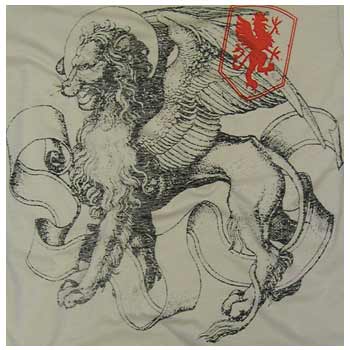Christmas Greenery: Ancient Egyptians used palm branches, while northern cultures preferred evergreens, to brighten the home during the winter. Continuing a custom that dates back to the 16th century, German immigrants were the first Americans to purchase and decorate Christmas trees, typically in the pine family.
Old Saint Nick: Today's "jolly old elf," Santa Claus, is based on a real saint who lived in Turkey in the 4th century. Saint Nicholas was renowned for his generosity and love of children. According to historical sources, he would drop coins down the chimney to preserve his anonymity and the dignity of his recipients.
Gift Giving: Once frowned upon as a pagan custom dating back to the Romans, gift giving is an integral part of our Christmas tradition. Santa's alias, "Kriss Kringle," means Christ child in German, and referred to a medieval legend that the infant Jesus distributed presents.
Mistletoe Kissing: Remember the following Norse fable the next time you sneak a smooch under the mistletoe: Frigga, goddess of love and beauty, wanted to make the world safe for her son, Balder. Everything on earth promised to do him no harm except the one plant Frigga overlooked, mistletoe. Loki, an evil spirit, made an arrow from the mistletoe's wood and killed Balder. Frigga's tears became the plant's white berries and revived her son. In her gratitude, Frigga promised to kiss anyone who passed under the mistletoe, just as we do today.
Candy Canes: The striped confections we now love to crunch were once straight white sticks of sugar candy. In the 1600s, in Cologne, Germany, traditional folktales reveal that the candies were bent at the end to remind children of a shepherd's crook and to keep them quiet in church.
Monday, December 25, 2006
Subscribe to:
Post Comments (Atom)


No comments:
Post a Comment